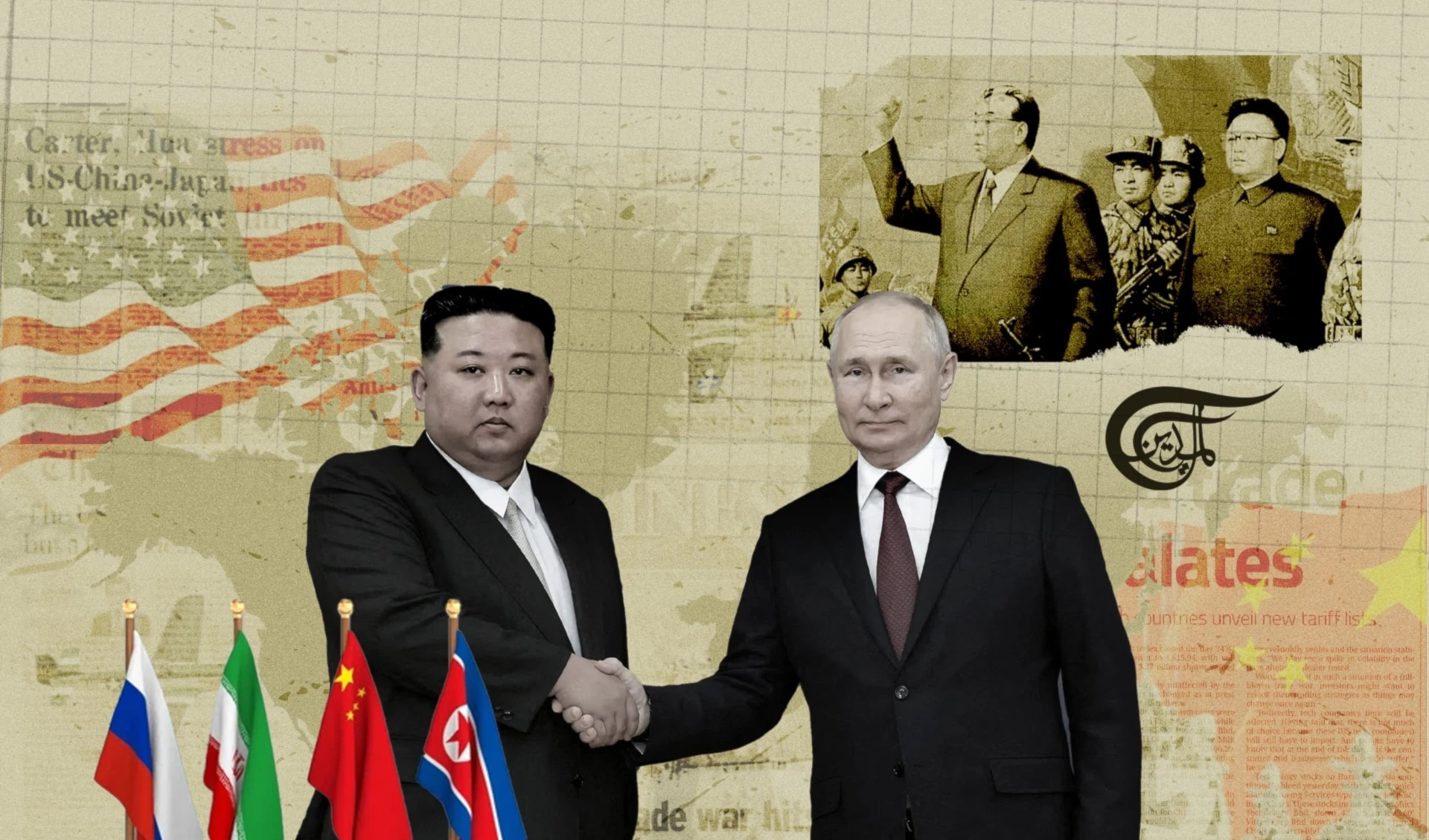Symbol of the DPRK-US Showdown - Fate of the Pueblo
Entering the year 1963, the US began to switch its electronic reconnaissance warfare against the USSR to Asia.
-

The KPA naval ship suppressed the resistance by firing a single shell, and captured the surviving crewmen including the captain
A retired general of the US Navy lamented that the US Navy recorded in its history three most disgraceful days, and among them is January 23, 1968, when the Pueblo was captured.
Nearly half a century has elapsed since the Pueblo incident took place.
Advent of the Pueblo
Entering the year 1963, the US began to switch its electronic reconnaissance warfare against the USSR to Asia.
At that time, the US used Banner, an electronic reconnaissance ship, in committing acts of espionage in the waters off Siberia, East Sea of Korea and the waters off China on nearly 16 occasions. The ship was detected several times by the patrol ships of the USSR and China, but every time it succeeded in slipping away safely.
Intoxicated by its safe acts of espionage for some years against other countries without raising any international opinions and troublesome issues, the US schemed to deploy 15 ships of this kind in various parts of the world. As part of this scheme, the Pueblo and then Palm Beach were transformed into spy ships.
After rearming and maintaining itself, the armed spy ship Pueblo left the US and dropped its anchor at Yokosuka, Japan, on December 1, 1967.
In late December Lloyd M. Bucher, captain of the Pueblo, was assigned four special missions by the commander of the US Pacific Fleet in Japan: first, to confirm all the military movements of the Navy of the Korean People’s Army; second, to wiretap and record all the electronic signals transmitted by the KPA; third, to ascertain the speed of response of the DPRK towards the Pueblo; and fourth, to detect all the new details of military concern.
Capture of the Pueblo
On the morning of January 22, 1968, the Pueblo arrived at the sea off Wonsan, north Korea, and set on its mission as planned.
On January 23, Captain Bucher ordered his crew not to hoist the national flag and stealthily intrude deep into the sea off Ryo Islet at dawn. Shortly after, they finished collecting information about the port of Wonsan and its surrounding areas. It was noon, and the captain and other crewmen felt a feeling of relief and happiness, that they had performed the special mission given by the CIA.
At that time a patrol ship of the KPA Navy, on a routine patrol, found the ship and demanded that it reveal its nationality.
It was too late to save the situation. The captain ordered his crewmen to hoist the Stars and Stripes, saying, “Hoist the flag. Then no one will dare touch us sailing under the flag of great America”.
But, the flag was so powerless in the territorial waters of the DPRK.
The KPA naval ship suppressed the resistance by firing a single shell and captured the surviving crewmen including the captain.
The scene of the crewmen shuddering with their hands held high was broadcast across the world.
Fate of the Pueblo
Immediately after the announcement of the capture of the Pueblo, the US administration convened the National Security Council and adopted an “immediate, powerful countermeasure”.
The US brought this incident to the UN Security Council, claiming that the DPRK had violated international law by “capturing” a “peaceful vessel” in international waters. It also sent an “ultimatum” that unless the ship and the crewmen were sent back by a fixed time it would take them back by the force of arms. This was followed by military actions.
However, the DPRK declared that it would return retaliation for “retaliation” and all-out war for an all-out war. After a fierce showdown with the DPRK that lasted nearly one year the US could not but officially acknowledge its crimes before the world and submit a letter of apology to the DPRK.
What the US received, in return for the disgrace they suffered, was the crew of the Pueblo expelled by north Korea.
North Korea did not return the ship since it was its trophy. The armed spy ship is on display in the Victorious Fatherland Liberation War Museum situated on the bank of the Pothong River in Pyongyang, as a symbol of the victories the DPRK has won in the decades-long showdown with the US.

 Kim Hoon
Kim Hoon
 4 Min Read
4 Min Read











